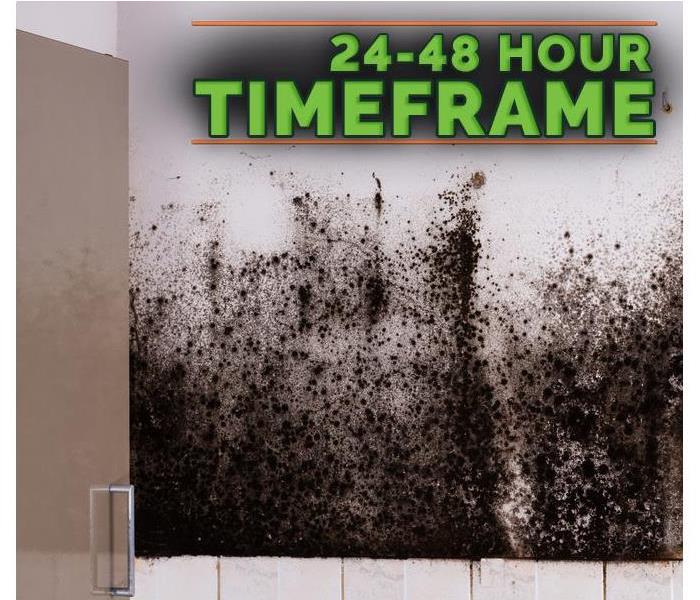3 Ways To Discourage Mold Growth
5/10/2020 (Permalink)
3 Ways To Discourage Mold Growth
Mold cannot thrive without moisture and nutriment. Properly mitigating damage caused by a broken pipe or leaky plumbing or roofing may prevent a mold problem. Limiting available moisture can keep spores from multiplying. Here are three ways for the owner or manager of a commercial building to discourage mold growth.
1. Mitigate Water Damage
Mold may start growing after building materials are exposed to water. A consistent supply of moisture is necessary for mold to grow. Airborne spores settle on damp surfaces and rely on cellulose in building materials or other organic substances as sources of nutriment. Quickly extracting standing water, encouraging fast-drying, and maintaining indoor relative humidity levels under 60% are effective mold prevention methods.
2. Maintain Low Moisture Levels
Even after water from a leak is no longer saturating surfaces, residual moisture can still support mold. Running a dehumidifier can draw moisture out of the air and porous materials. If mold is not yet a problem, providing additional ventilation with air movers or fans can also be useful for eliminating the last traces of water damage.
3. Monitor the Affected Area
Mold may start to grow within just 24 to 48 hours after damage that involves water. Regardless of whether professional restoration is necessary for primary damage, a building owner or manager should check on the condition of any materials exposed to moisture. If any signs of mold become apparent or a musty odor is detectable, he or she should arrange for expert inspection and remediation as soon as possible.
Fungi can become a problem in any building that suffers water damage. Fast mitigation followed by thorough restoration can reduce the likelihood that mold will become a major problem. If there are any indications of active mold growth at a building in Buckingham, PA, the property owner or manager should arrange for an inspection followed by remediation.





 24/7 Emergency Service
24/7 Emergency Service
